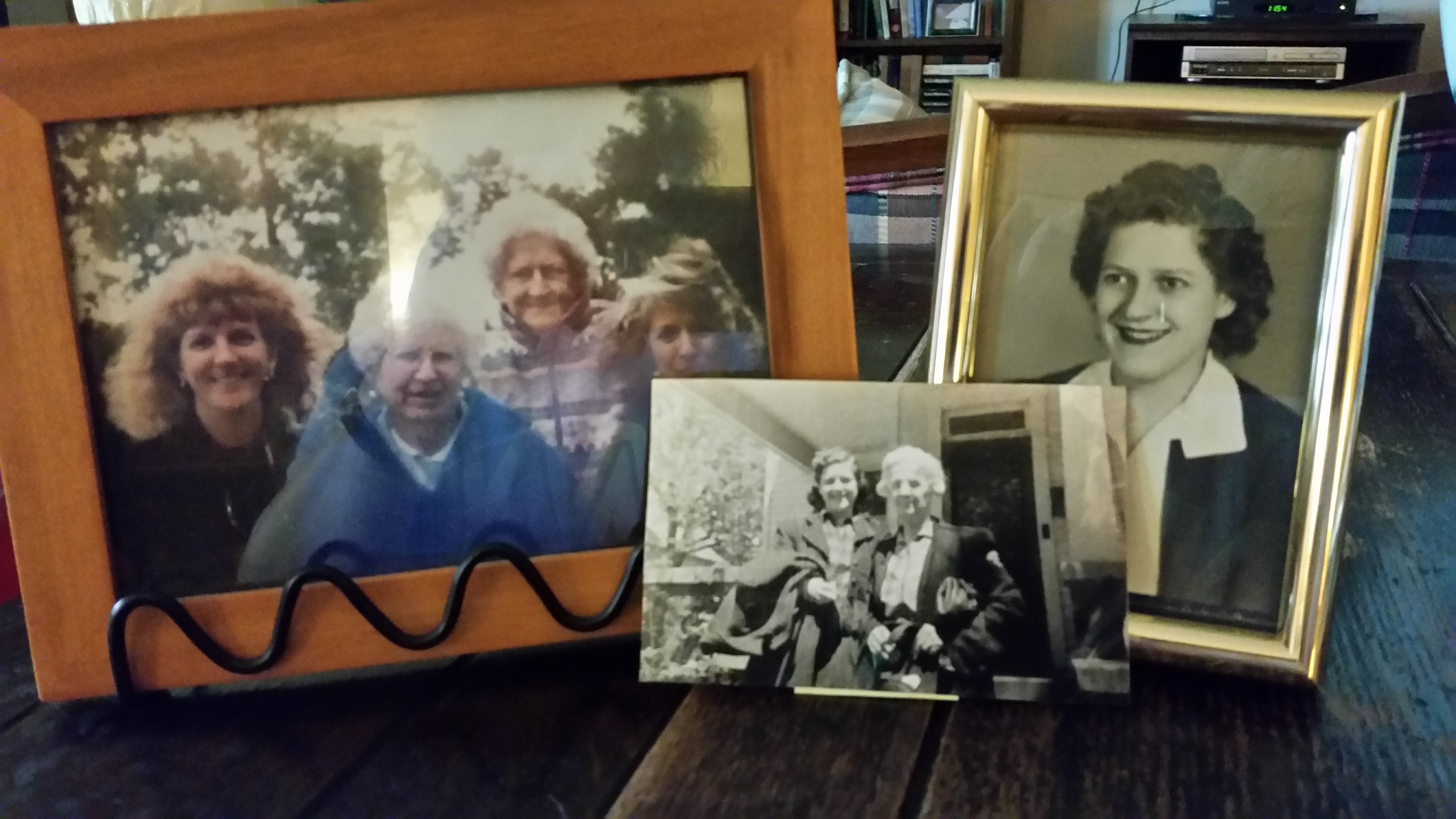I missed last week because I was away on vacation. No, I don’t announce it on social media or send pics from places I visit while I’m gone. Just don’t, because I don’t want to advertise when I’m away and my house is watched by neighbors and my alarm company.
I had a lot of time to think about whatever floated across my mind. One thing that kept coming back was memories of my childhood and youth when I was growing into an awareness that people are different. The fact that different people are pretty cool came later.
Going way back, my grandmother used to walk me to kindergarten every day. One mile each way (in California, so not walking uphill in snow both ways barefooted), wide sidewalks, and plenty of other parents, grandparents, and brothers and sisters walking the kids safely to the elementary school. My grandmother was a warm woman who would speak to fellow parents and grands. Over that first year, however, I gradually realized she never smiled at or spoke to the few black parents whose children went to my school. One little girl was my friend in kindergarten, but I don’t remember my grandmother ever greeting her mother.
When I came home and chattered about my day to my single, working mother, my grandmother would raise her eyebrows if I mentioned the black girl’s name. Her frown, her slightly pursed lips, her averted eyes told me that she disapproved of something. At four and a half, I didn’t know why what I said upset her, but something did. I tried to be a good girl, but it was so hard when I realized she didn’t like my little friend.
Elementary school gave way to junior high (now called middle school) and eventually to high school. By then, we no longer lived with my grandmother, but her disapproval stuck. Living in California is like living in a huge ragout of races and ethnicities. My classrooms had a lot of Hispanics and Asian kids. I just thought of them as friends, not as my Japanese friend, or my Mexican friend, or my black friend. But, somewhere in the darker recesses of my mind, my grandmother’s disapproval remained.
By high school I was no longer living in Southern California but is a smallish town in Colorado out on the prairie. I cannot tell you how out of place I was. I entered a structured community that had two, count them two, Japanese families and three Chinese families. The Chinese families were stereotypes, running laundries and restaurants. All Mexicans were assumed to be illegal and were looked down on, even though they might have been the third or fourth generation ranchers on this prairie land. I talked with two girls on the bus my first day, only to be taken into the counselor’s office and told that I needed to watch who I sat with. There seemed to be an unwritten code that white girls didn’t sit with brown girls. Well, now.
And that was my exposure to racism in my formative years. I didn’t really perceive it as such, but it was there. I didn’t embrace it, but I didn’t play by the rules set up by teachers, grandparents, and others in my life. Thank goodness my mother didn’t care about those distinctions. She taught me that people were people and to be enjoyed for all their differences. And that set up a conflict between the teachings of my beloved grandmother and my dear mother. Which was right? How was I to find my way? How was I to chart my own path, to decide what I believed?
And then came the Sixties, when I saw the older rules bend, break, and morph into new rules. Was I going to embrace the inadvertent racist teachings of my youth? Or was I going to embrace and love differences? Talk about conflict.
To be continued next week.





0 Comments